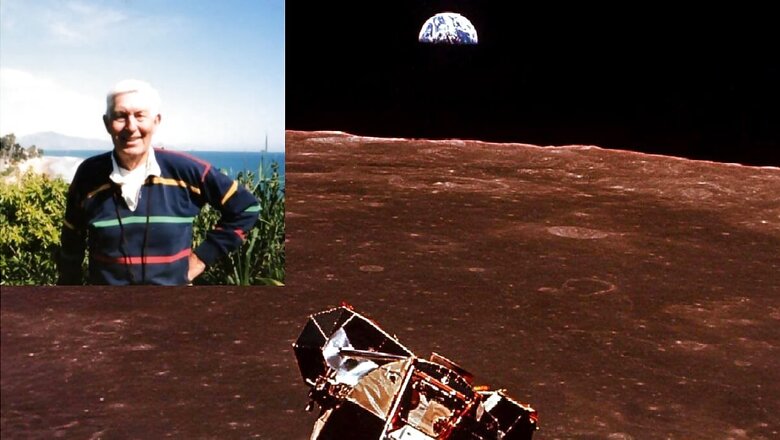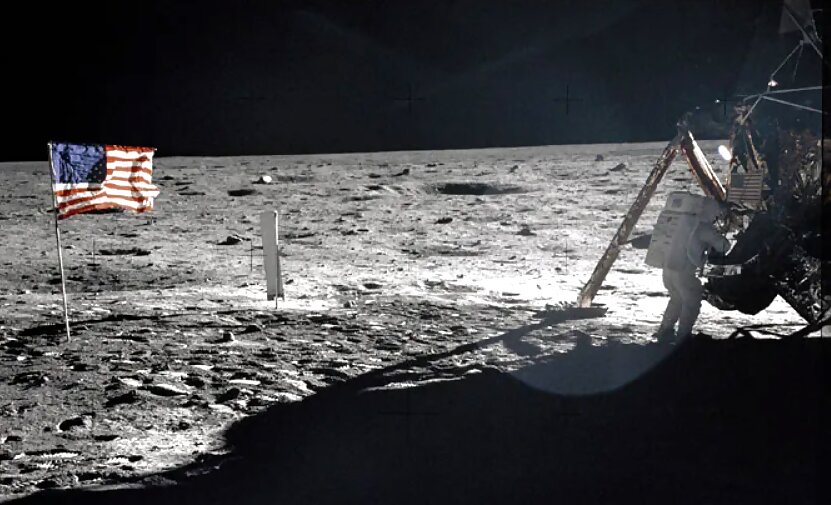
views
In 1969, it took nearly 4 lakh NASA employees and contractors to send Neil Armstrong and Buzz Aldrin to the moon. However, it took only one Bill Kaysing to spread the controversial notion that the entire Apollo 11 mission was a hoax.
Who was Bill Kaysing (1922-2005)?
Even after 55 years of grand human endeavour, to date, there are hundreds of pages and websites dedicated to reinforcing this idea that man has never stepped on the Moon. All can be traced back to Kaysing’s 1976 book, We Never Went to the Moon: America’s Thirty Billion Dollar Swindle.
Kaysing served as an officer in the US Navy during World War II, having attended Navy Officers Training School. In his book, Kaysing introduced arguments, that he believed, proved the Moon landings were faked.

According to Kaysing:
- NASA lacked the technical expertise to put a man on the Moon
- the absence of stars in lunar surface photographs was indicative of a hoax
- there were unexplained optical anomalies in the photographs taken on the Moon
- there was an absence of blast craters beneath the Lunar Modules,
- and that the rocket engines of the Lunar Modules should have generated an enormous dust cloud near their landing sites during the final seconds of descent
Kaysing, a former technical writer for a rocket manufacturer involved in NASA’s Apollo moon missions, alleged insider knowledge of a government conspiracy to fake the moon landings. He propagated conspiracy theories about the Apollo moon landings, which persist today.
According to the conspiracy theory template, NASA failed to safely land a man on the moon by the end of the 1960s as promised by US President John F. Kennedy. Instead, theorists argue that astronauts were only sent into Earth orbit. They claim that NASA staged the moon landings in a film studio, citing supposed tell-tale signs in footage and photos. Despite debunking of alleged anomalies like astronauts appearing in front of camera cross hairs or mysterious lettering on moon rocks, moon landing conspiracy theories endure in the popular imagination.
Kaysing’s conspiracy theory gained traction in mid-1970s America amid a broader crisis of trust fueled by events such as the leaked Pentagon Papers revealing government deception about the Vietnam War and the Watergate scandal. Congressional reports exposed CIA wrongdoing, and in 1976, the US House Select Committee on Assassinations suggested a conspiracy in Kennedy’s death.
These developments shifted conspiracy thinking from external enemies to suspicion of the American state itself. Moon landing conspiracy theories persisted, reflecting cultural context and psychological tendencies. Similar to theories about the Kennedy assassination, they reinterpret public evidence, focusing on inconsistencies rather than information presented before them.

















Comments
0 comment